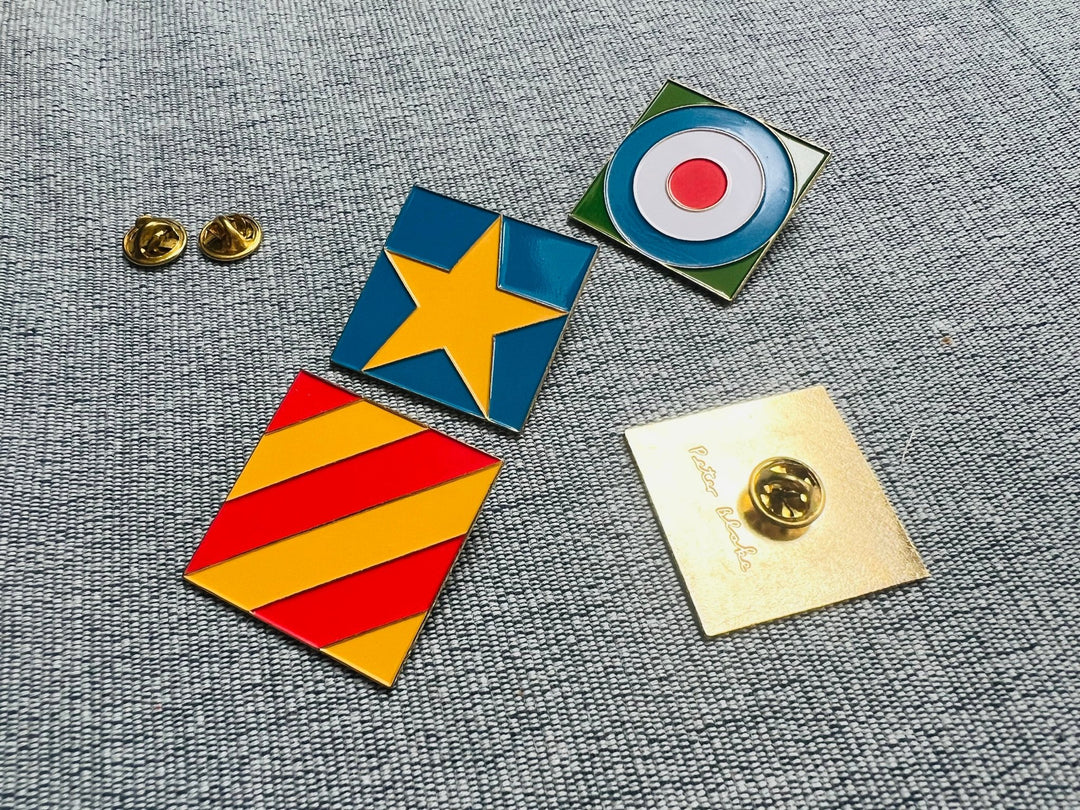Framing
Framing is such a personal thing that any advice must be given in the broadest terms and taken as such. However, we are asked for some guidance on such a frequent basis that we thought a few pointers would be helpful.
Things to consider
All prints require a degree of care when framing, whether hand-pulled, screen printed (Silkscreens, Serigraphs) or digitally produced (Inkjets, Giclées). Of course the better quality frames come at a price so it is worth knowing your stuff so you can weigh up your options and make the right decision for you.
You can pay as little or as much as you want for a frame and still enjoy your art - don't get too hung up on it and don't feel bad if your framing start to exceeds your budget. You can always take it down a level, or even find an old frame that you like and have your framer create a new mount / matt board to fit. The main thing is to get your print up on that wall and looking fab.
Where to go
Stay local. Once a picture is behind glass, transportation becomes risky and/or expensive. If you don't know of a framer you could find a good local art gallery with framing that you like the look of and ask them who does their framing.
Once you have a name and number for a picture framer give them a call or pop in and see them to talk though what you want them to do with your print.
You'll probably find that your recommended framer deals in conservation standard, archival, museum quality framing. A framer advertising themselves as working to archival standards should:
- not use glue or permanent tape to secure the print
- only use acid-free mount board and papers
- offer you UV (ultraviolet) blocking glass and even anti-glare
You can ask your framer about their materials before employing them. If they are good, they'll be happy to talk you though the tools of their craft. We don't frame any of our prints in non-reflective glass, nor in UV blocking glass because the paper and prints are already stable. We always say to clients that this isn't necessary unless maybe you are hanging your print in a conservatory in Dubai!
Choosing a moulding
The moulding for your frame is the big decision. Framers are full of advice on what frame and mount styles might work with your print, but it's worth having an idea about this before you go in.
You may already know what you like or perhaps you have other pictures in your home that this will need to match or compliment. Think about the style and decoration of your home or office, and flick through some interior design magazines to get an idea of the style of framing that you like as well as ideas for where to hang your print. There are also lots of ideas to be found on Pinterest.
Finally don't forget the style of the print! You don't have to play safe but you do want to choose something that works with and for your print, and not against it.
Choosing a mount/mat board
Another big decision you'll need to make is whether you want a mount or not. In the USA, a mount is called the mat (mountboard = UK, mat board = USA). This is the card that sits over the paper around your print that frames the image. A mount gives a traditional and well-finished look to your framed work of art and holds it in place. It also keeps the printed surface away from the glass. Things to consider if you do want a mount:
- how thick
- how many layers / steps (a framer can cut several mounts in staggered sizes for a more dramatic effect
- what colour (do you want it to match the paper? Do you have other framed pictures with mountboard in your house?)
If you prefer a very contemporary look you can ask your framer to use a spacer instead. This will sit just inside the moulding and keep the paper away from the glass without being visible.
Hypergallery house style
We frame most of our prints in white painted or white-washed wood moulding, and use an off-white mount. However, we have float-framed in a Perspex box frame to great effect and we receive all sorts of inspirational ideas from our collectors which we share on our Instagram feed, our Pinterest, and on the product pages when we can, so take a look and if you need some bespoke guidance don’t hesitate to pick up the phone and ask us.





